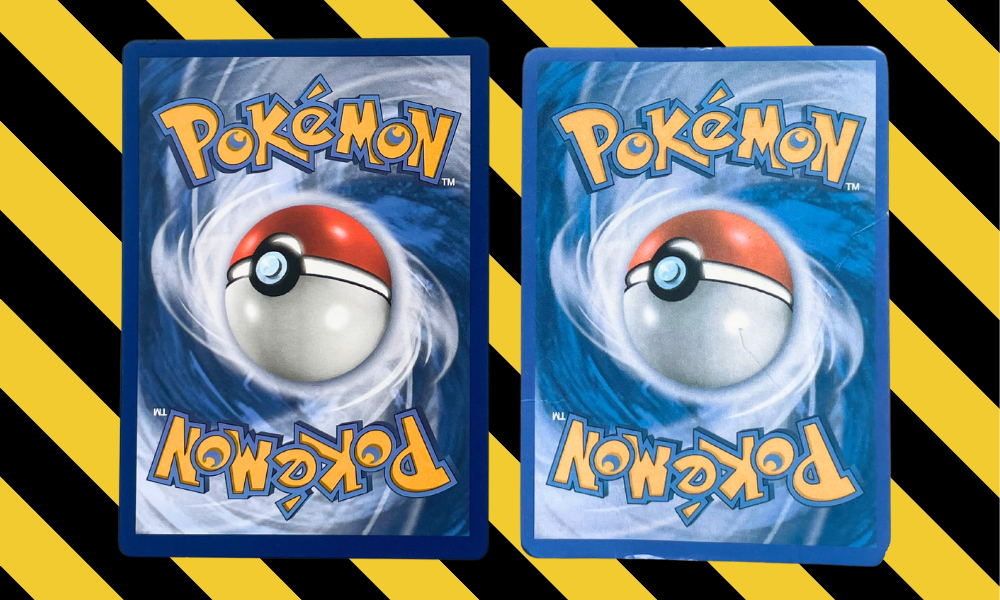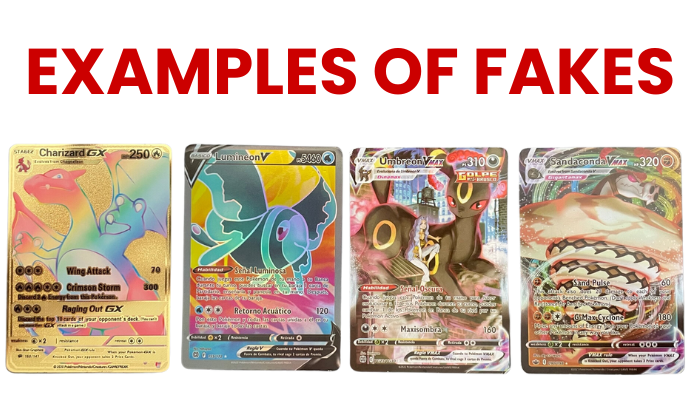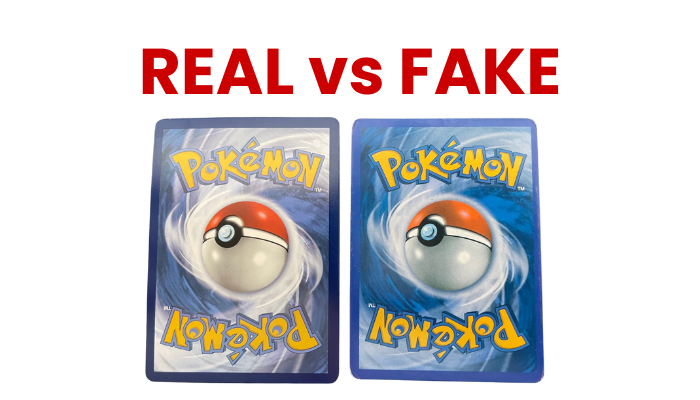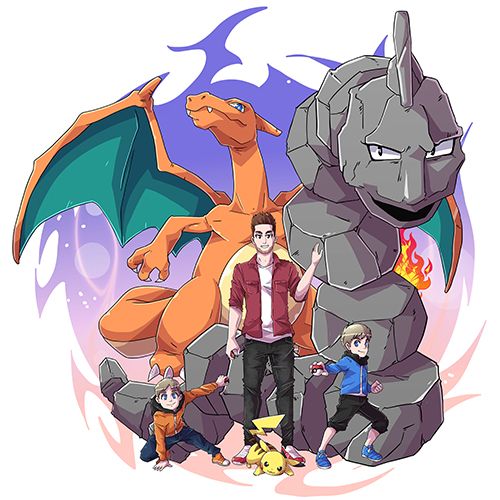This page may contain affiliate links to places like eBay and other online retailers. If you buy from a link, we may earn a small commission. Learn more.
The rise in popularity of the Pokémon Trading Card Game has led to an unfortunate increase in counterfeit cards flooding the market.
As a collector or player, it’s vital to be able to distinguish between genuine and fake Pokémon cards to ensure the authenticity and value of your collection.
In this definitive guide on how to tell if a Pokemon card is fake, we’ll explore the various methods and indicators for detecting fake cards, as well as tips for protecting your collection and dealing with suspected counterfeits.
By the end, you’ll be well-equipped to spot fakes and maintain the integrity of your prized Pokémon card collection.
Spotting Fake Pokémon Cards: Key Indicators
Detecting fake Pokémon cards can sometimes be challenging, but there are a few key indicators that can help you separate authentic cards from counterfeits.
These include examining the print quality, text inconsistencies, and energy symbols on the cards.
Knowing what to look for can save you from purchasing fake cards, preserving the value of your genuine collection, and ensuring a fair playing experience in the Pokémon Trading Card Game.
Initially, it’s essential to inspect the text on the card for typographical errors, as fake cards often have these issues. Counterfeit cards may also have abnormally fragile surfaces, slick textures on the back, and a thicker or rougher texture than expected.
Another useful test is the light test, where you illuminate the card in a dark room with a flashlight or blacklight and compare the amount of light that passes through it to a genuine card.
Having genuine Pokémon cards available when trying to identify counterfeit ones is of great importance.
1. Print Quality and Colours
When examining print quality and colors, the differences between authentic and counterfeit cards become more apparent. Genuine Pokémon cards have a sturdy and superior finish, whereas counterfeit cards often feature:
- Inferior print quality
- Blurry images
- Poor color reproduction
- Fabric-like patterns
- Paler hue
- Excessive glossiness
These characteristics are not present in official cards.
To spot fake cards, closely inspect the card’s images for any signs of blurriness or poor colour reproduction.
Additionally, look for any fabric-like patterns that shouldn’t be present on a genuine card.
Comparing the card in question to a known authentic card can help you identify these differences more easily, allowing you to determine if the card is fake with confidence.
2. Text and Font Inconsistencies
Text and font inconsistencies are another telltale sign of counterfeit Pokémon cards. Incorrect kerning, misspellings, and the absence of accents can indicate a fake card.
It’s worth noting that some older Pokémon cards have known printing errors, such as misspellings or incorrect grammar. However, these are considered rare error cards and not counterfeit.
To detect fake cards, carefully examine the following elements on the card and compare them to genuine Pokémon cards:
- Kerning
- Misspellings
- Missing accents
- Variations in font size, style, or spacing of the text
3. Energy Symbols and Card Backs
Inspecting energy symbols and card backs is another crucial step in identifying fake Pokémon cards.
Counterfeit cards may have misalignments, discrepancies in size, and variations in the hue of blue on the energy symbols and card backs.
To detect fakes, compare the card’s reverse side of a card that you know is genuine.
Examine the energy symbols for any design inconsistencies or colour differences.
Additionally, inspect the Pokéball artwork on the reverse of the card for any discrepancies.
Examining Special and Holofoil Cards
Alternative art and holofoil cards are particularly sought-after in the Pokémon TCG community, making them prime targets for counterfeiters.
To ensure the authenticity of these prized cards, it’s essential to understand the differences between genuine and fake holofoil cards and how to examine them for signs of counterfeiting.
For alt art cards, it’s important to pay attention to the pattern and texture of the card, as counterfeit cards often have irregularities in these aspects compared to genuine cards.
In the following subsections, we’ll delve deeper into these aspects and provide specific tips for detecting counterfeit special and holofoil cards.
4. Pattern and Texture Differences
When examining special cards, counterfeit cards often showcase the following characteristics:
- Poor color reproduction
- Inferior print jobs
- Excessive glossiness
- Thinner or flimsier feel
- Rough texture
Authentic full-art cards are textured, so if a full-art card is untextured, it is likely counterfeit.
To spot fake special cards, look for pattern and texture differences, such as flat holos or the absence of detailed texture patterns.
Online Shopping: Detecting Fake Cards
Shopping for authentic Pokémon cards online can be convenient, but it also poses the risk of purchasing fake cards.
When buying Pokémon cards online, it’s crucial to protect yourself from counterfeit cards by requesting high-quality photos from sellers and comparing cards to online databases and set lists.
5. Requesting High-Quality Photos
When shopping for Pokémon cards online, requesting high-quality photos from sellers is a crucial step in examining the cards for signs of counterfeiting.
These photos should clearly showcase the card’s thickness and finish, texture, and print quality, allowing you to spot any inconsistencies that may indicate a fake card.
Keep in mind that while requesting high-quality photos can help you detect counterfeit cards, it’s always best to inspect rare and valuable cards in person (where possible).
Misprint Cards vs. Fake Cards
Misprint cards, also known as error cards, are genuine cards that have a slight printing error, making them rare and sought-after among collectors.
Fake cards, on the other hand, are unauthorized reproductions of Pokémon cards and are of inferior quality.
It’s essential to understand the difference between misprint cards and fake cards to protect the integrity of your collection and ensure you’re not purchasing counterfeit cards.
If you suspect that you have a misprint card, compare the card’s characteristics against a database of known error cards and contact a reliable member of the Pokemon community to verify your card and assess its value.
Avoiding Counterfeit Sealed Products
Counterfeit sealed Pokémon products, such as booster packs and boxes, can also be a concern for collectors and players.
Buying from reputable sources, such as brick-and-mortar stores or well-established online retailers, can help ensure the authenticity of the sealed products you’re purchasing.
Additionally, be cautious when shopping on online marketplaces like Craigslist, Facebook, Amazon, and eBay, as counterfeit products may be more prevalent in these places.
The Impact of Fake Cards on the Pokémon TCG Community
The presence of fake cards, including fake trading cards, in the Pokémon TCG community has several negative implications, including legal issues, devaluation of genuine cards, and potential harm to collectors.
Counterfeit cards are produced solely to capitalize on the popularity of the Pokémon brand, without regard for the impact they have on the community. As fake Pokémon cards tend to be of lower quality, they can easily tarnish the reputation of the brand and disappoint unsuspecting collectors who find out their Pokémon card is fake.
By recognizing and avoiding fake cards, collectors and players can help preserve the value of genuine cards and protect the integrity of the Pokémon TCG community.
Furthermore, understanding the importance of identifying counterfeit cards and following the tips provided in this guide can contribute to a fair and enjoyable playing experience for all Pokémon TCG enthusiasts.
Tips for Protecting Your Collection
Protecting your Pokémon card collection is essential to maintain its value and authenticity. Proper storage, using card sleeves, and regularly inspecting cards for signs of counterfeiting are all crucial steps in safeguarding your collection.
Additionally, it’s important to handle your cards with care, especially when dealing with sealed packs and loose cards. By following these tips and staying vigilant in identifying counterfeit cards, you can ensure the longevity and authenticity of your Pokémon card collection.
Summary
In conclusion, understanding the various methods and indicators for detecting fake Pokémon cards is vital for maintaining the authenticity and value of your collection. By examining print quality, text inconsistencies, energy symbols, and special and holofoil cards, as well as requesting high-quality photos and comparing cards to online databases when shopping online, you can confidently spot and avoid counterfeit cards. Furthermore, understanding the difference between misprint cards and fake cards, and following tips for protecting your collection, will ensure a fair and enjoyable Pokémon TCG experience for all players and collectors.




